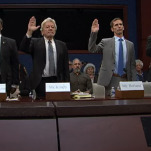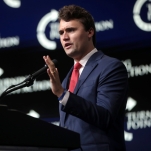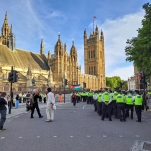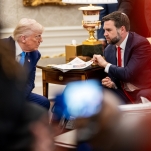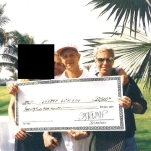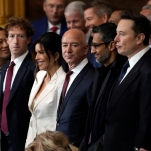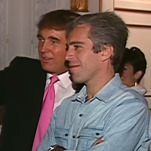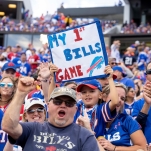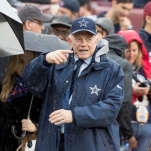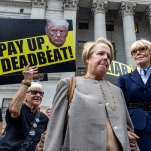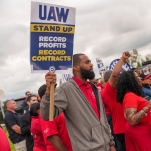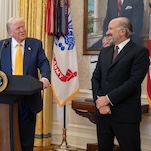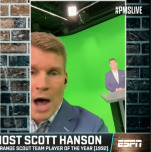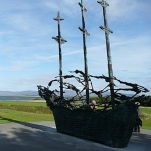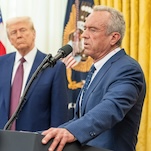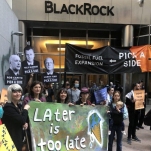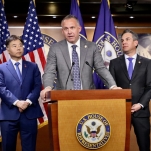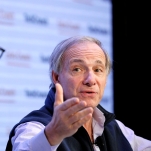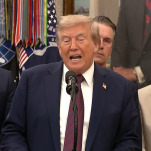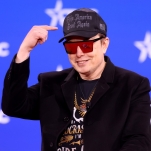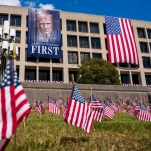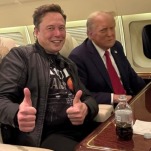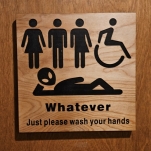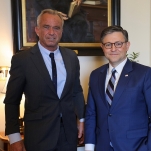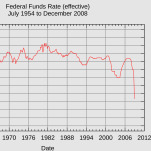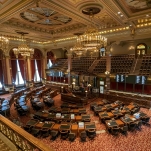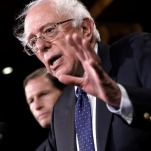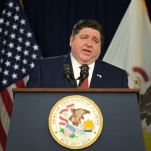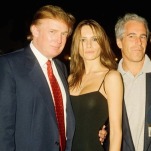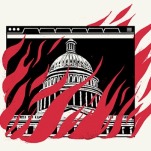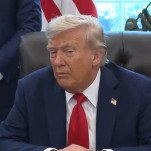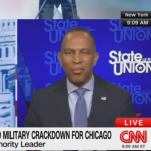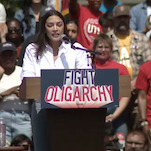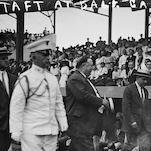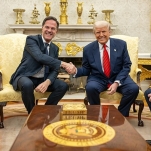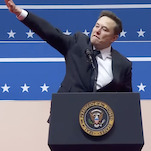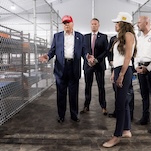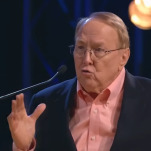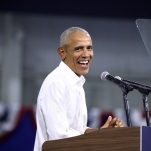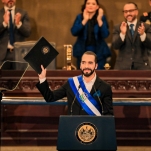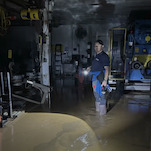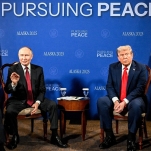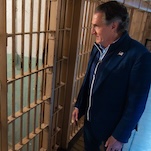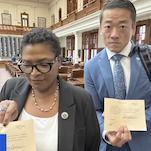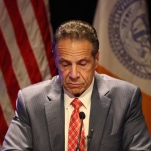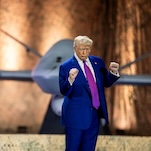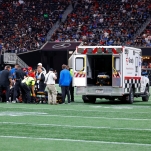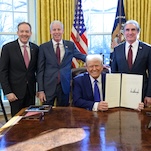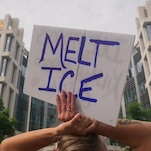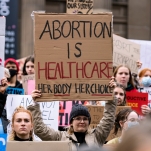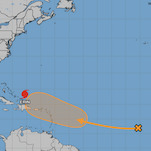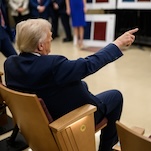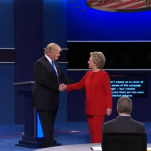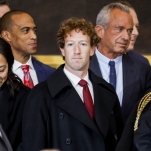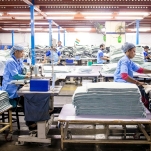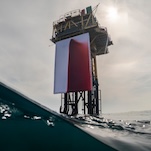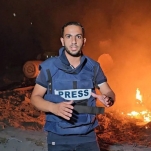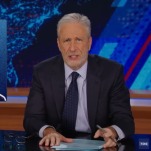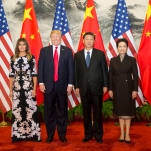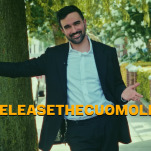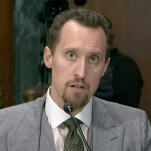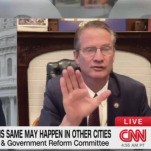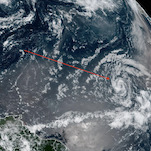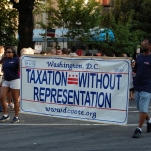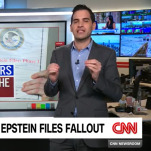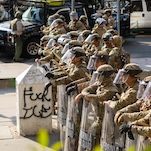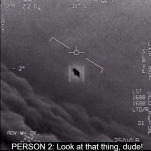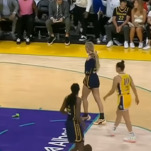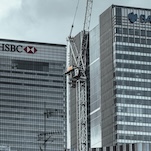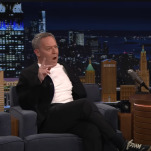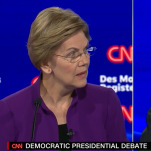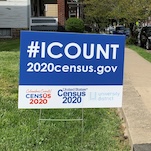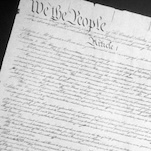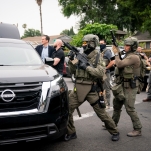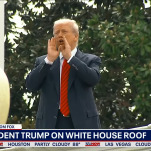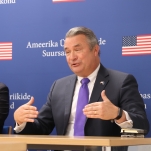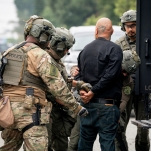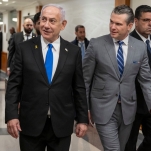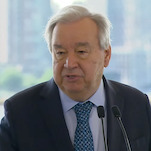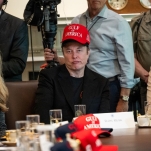A drug cartel guide to laundering millions
The recent L.A. fashion district bust, where federal agents seized approximately $100 million in cartel cash, has put money laundering back in the global spotlight. The case is the latest in a long list of incidents displaying the business savvy of narco-traffickers.
Drug cartels have remained at the forefront of money laundering. Like any business, they must adapt to a changing marketplace, clients and regulators. We’ve compiled a list of cases that at times blur the line between organized crime, governments, financial and law enforcement institutions. Collectively, this compendium can be read as a kind of encyclopedia on cleaning dirty drug money.
A presidential sibling and Citibank
In July 2013, a federal judge in Mexico exonerated Raul Salinas from illicit enrichment. Mexicans saw the brother of ex-president Carlos Salinas de Gortari (1988-1994) walk away with a reinstituted fortune of 41 real estate properties and approximately $17 million. Back in 1995, Raul’s scheme was discovered when his wife and brother-in-law were trying to withdraw millions from a Swiss bank account under his name.
A 1998 U.S. General Accounting Office report found the following: “Mr. Salinas was able to transfer $90 million to $100 million between 1992 and 1994 by using a private banking relationship formed by Citibank New York [and] the funds where [sic] transferred through Citibank Mexico and Citibank New York to private investment accounts in Citibank London and Citibank Switzerland.” According to the U.S. investigation, the bank argued it had only violated one clause of its customer policy — not performing a background check. The Department of Justice was unable to verify whether bank officials had conspired.
The figure below simplifies how Raul used his wife, Paulina, to carry out the job, according to the Department of Justice. Paulina allegedly would withdraw the funds from five Mexican banks, depositing the checks under an alias at Citibank Mexico. This process is the first step in traditional money laundering schemes, known as placement. Once placed, the cash would be converted to dollars before being wired to the institution’s U.S. and European branches—the second step, designed to obscure ownership and origin of the money, known as layering. The final step, integration, occurred when Salinas would purchase real estate or any other valuable goods, reintroducing the illicit cash into the financial system in the form of legit investments.
Andres Oppenheimer, a renowned Argentine journalist who covered the events, says Raul was known as “Mr. 10 percent” because of his rampant corruption, but Oppenheimer “never saw any concrete evidence linking him to drug trafficking.” However, incriminating testimonies surfaced in U.S. Senate hearings and the Mexican press. In 2009 former Mexican president Miguel de la Madrid (1982-1988) publicly stated Raul had ties with drug lords; days later he retracted his comments, attributing them to his own declining health.
Juan Miguel Ponce Edmondson, who served as director of Interpol Mexico from 1990-1992 and from 1997-2002, conducted a full investigation on Raul Salinas. He tells Fusion he never found a connection to drug trafficking.
“In the strict sense of the word, it wasn’t even laundering, it was occulting illicit money,” he says, claiming the DEA spread those rumors to justify its own role in the investigation. “The cartel money laundering allegations are a DEA lie, they had to justify going after him because that’s their modus operandi: go into anything that can give them publicity.”
-

-

-

-

-

-

-

-

-

-

-

-

-

-

-

-

-

-

-

-

-

-

-

-

-

-

-

-

-

-

-

-

-

-

-

-

-

-

-

-

-

-

-

-

-

-

-

-

-

-

-

-

-

-

-

-

-

-

-

-

-

-

-

-

-

-

-

-

-

-

-

-

-

-

-

-

-

-

-

-

-

-

-

-

-

-

-

-

-

-

-

-

-

-

-

-

-

-

-

-

-

-

-

-

-

-

-

-



